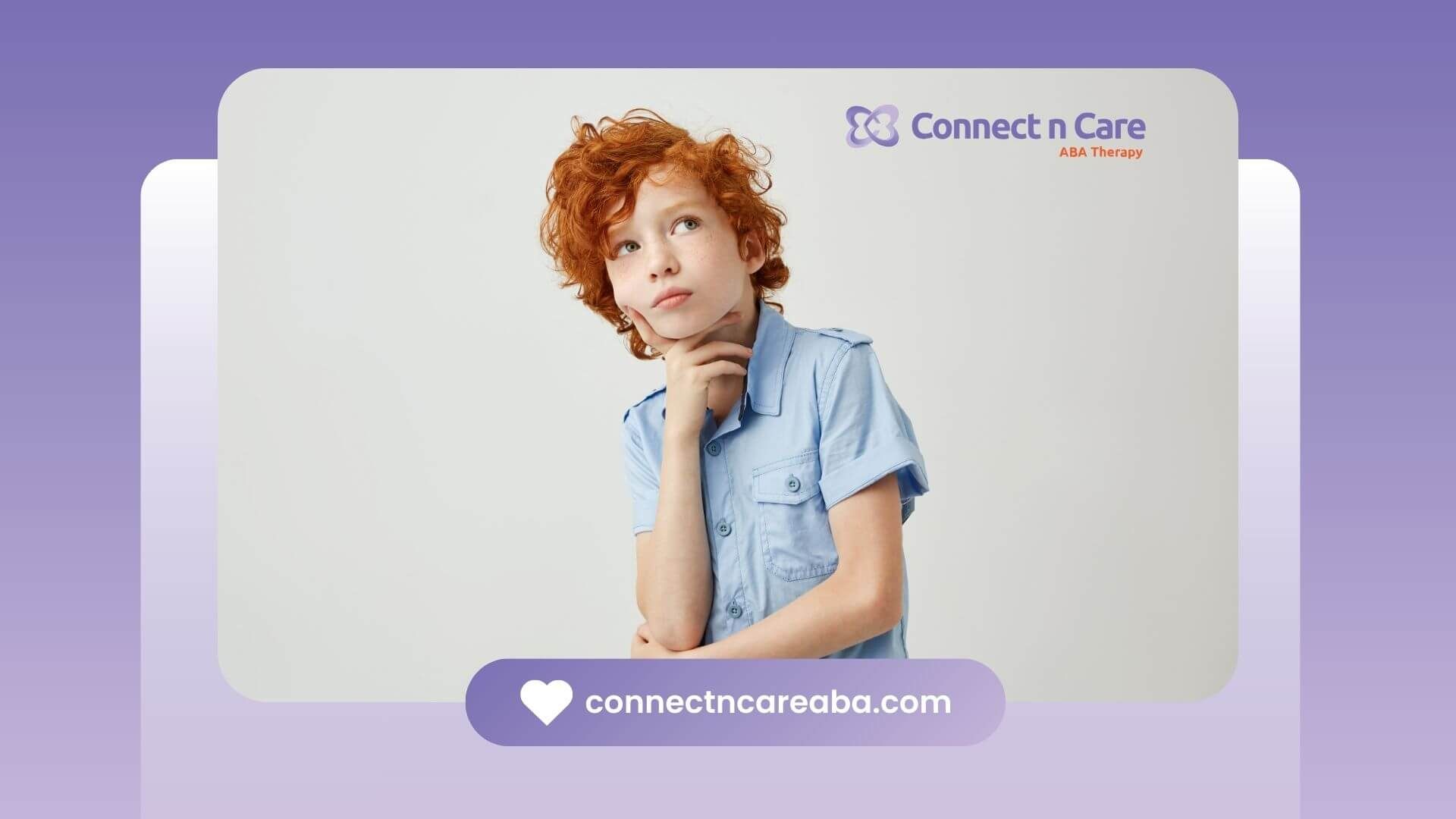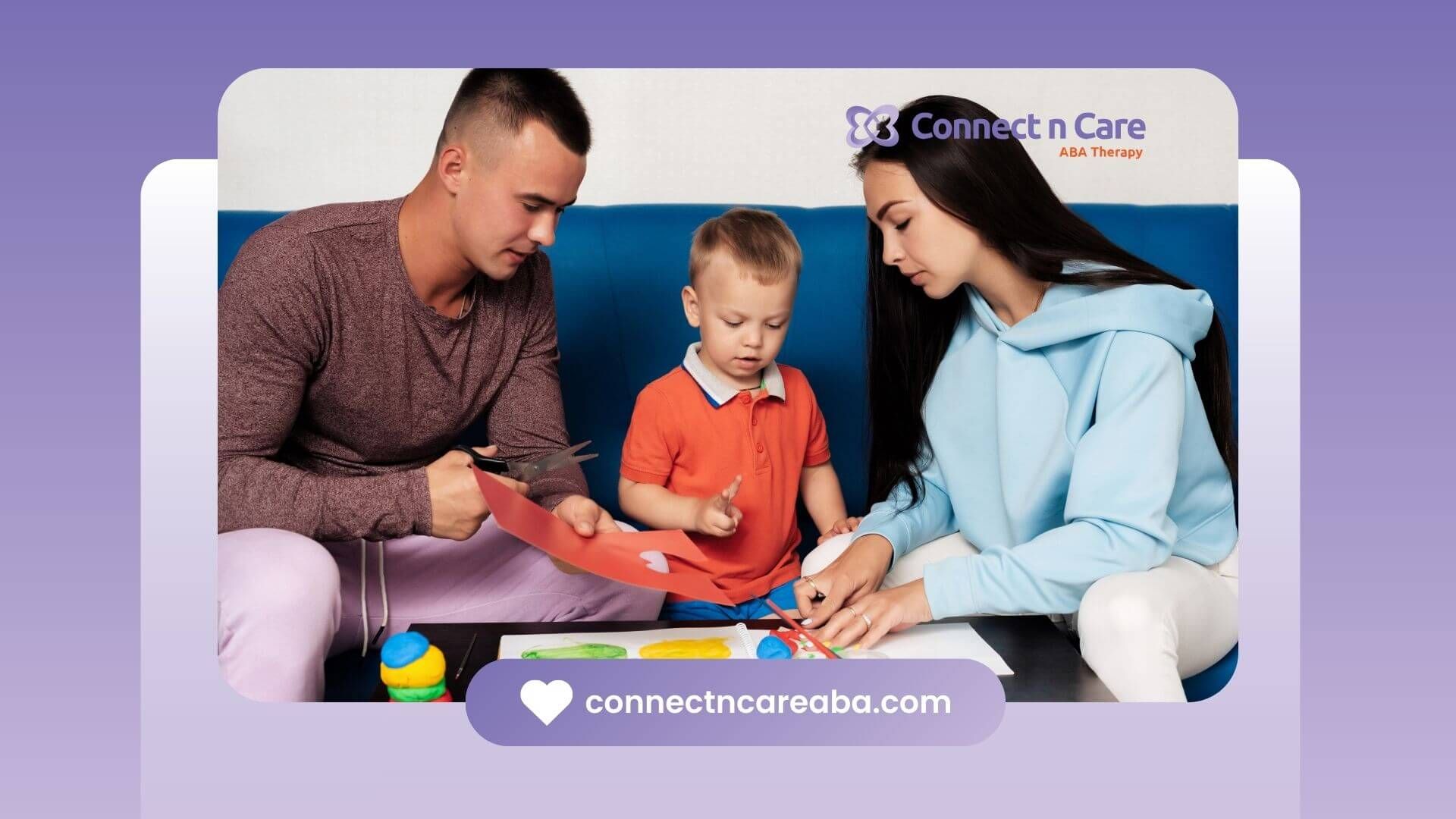Key Highlights
- Autism spectrum disorder (ASD is a condition that affects how a person perceives and socializes with others, causing problems in social interaction and communication.
- Early detection and diagnosis of ASD is crucial for effective intervention and support.
- Children with ASD may exhibit social interaction challenges, communication difficulties, and repetitive behaviors.
- It is important to recognize delays and differences in developmental milestones in children with ASD.
- Pediatric screening plays a crucial role in identifying ASD in children.
- Autism manifests differently in each child, making it a unique condition with a wide range of symptoms and severity levels.
- Strategies for supporting a child with autism include early intervention, communication techniques, and creating a supportive and structured environment.
- Navigating professional support and resources is essential for children with ASD and their families.
- FAQs: What are the first signs of autism in a child? How do I approach getting a diagnosis for my child?
Introduction
Autism spectrum disorder (ASD) is a developmental condition that affects how a person perceives and socializes with others, leading to difficulties in social interaction and communication. It is a neurodevelopmental disorder that can impact children's ability to learn, communicate, and interact with their environment. Early detection and diagnosis of ASD are crucial for effective intervention and support.
Understanding the signs and symptoms of ASD is important for parents, caregivers, and healthcare professionals to recognize and provide appropriate assistance to children with the disorder. This blog aims to shed light on the key symptoms and signs of autism in children, the importance of early detection and diagnosis, the developmental milestones associated with ASD, and strategies for supporting children with autism.
By raising awareness and understanding about autism symptoms in children, we can promote early intervention and access to support services that can significantly improve the lives of individuals with ASD and their families.
Understanding Autism Spectrum Disorder (ASD) in Children
Autism spectrum disorder (ASD) is a complex developmental disorder that affects how a child perceives and interacts with the world around them. It is characterized by difficulties in social interaction, communication, and repetitive patterns of behavior. Early intervention plays a crucial role in supporting children with ASD and promoting their overall development. By understanding the challenges faced by children with ASD, we can provide them with the necessary support and resources to thrive.
What is ASD and How Does it Affect Children?
Autism spectrum disorder (ASD) is a neurodevelopmental disorder that encompasses a range of conditions previously considered separate, such as autism, Asperger's syndrome, and childhood disintegrative disorder. It affects children's social skills, communication skills, and behavior. Children with ASD may struggle with social interactions, have difficulty understanding and expressing emotions, and engage in repetitive behaviors. The severity of symptoms and the impact on daily functioning can vary widely among individuals with ASD. Early identification and intervention are crucial to support children with ASD in developing essential social and communication skills.
The Importance of Early Detection and Diagnosis
Early detection and diagnosis of autism spectrum disorder (ASD) are vital for several reasons. Firstly, early intervention can significantly improve outcomes for children with ASD by providing targeted support and therapies that address their specific needs. Secondly, early diagnosis allows families to access appropriate resources and services that can help them navigate the challenges associated with ASD. Pediatricians play a crucial role in identifying early signs of ASD and referring children for further evaluation. By recognizing and addressing ASD at an early stage, we can enhance the developmental trajectory of children with ASD.
Key Symptoms and Signs of Autism in Children
Recognizing the key symptoms and signs of autism in children is essential for early detection and intervention. Children with autism may exhibit challenges in social interaction, nonverbal communication, and repetitive behaviors. It is important to be aware of these signs to provide appropriate support and resources for children with autism.
Social Interaction Challenges
Children with autism often face challenges in social interaction. Some common signs include:
- Difficulty making eye contact or maintaining eye contact during conversations
- Limited understanding and interpretation of facial expressions and body language
- Preference for solitary play and withdrawal from social situations
- Challenges in initiating and sustaining conversations
By recognizing these social interaction challenges, parents, caregivers, and educators can develop strategies to enhance social skills and support children with autism in their social development.
Communication Difficulties and Delays
Children with autism may experience difficulties in communication. Some common communication challenges include:
- Delayed language development or absence of spoken language
- Repetitive or echolalic speech (repeating words or phrases without understanding their meaning)
- Difficulty initiating and maintaining conversations
- Limited understanding and use of nonverbal communication cues
Understanding these communication difficulties and delays can help parents, educators, and therapists employ effective strategies to support language and communication development in children with autism.
Repetitive Behaviors and Restricted Interests
Repetitive behaviors and restricted interests are common characteristics of autism spectrum disorder. Some examples include:
- Engaging in repetitive movements such as rocking, hand-flapping, or spinning
- Developing specific routines and becoming upset by changes in those routines
- Fixating on specific objects or topics with intense focus and interest
- Displaying sensitivity to certain sensory stimuli, such as lights or sounds, while being indifferent to pain or temperature
Recognizing and understanding these patterns of behavior can help caregivers and educators create supportive environments and develop strategies to address the unique needs of children with autism.
Developmental Milestones and Autism
Understanding the relationship between developmental milestones and autism is crucial for early detection and intervention. Developmental milestones are the skills and abilities that children typically acquire by specific ages. In some cases, children with autism may show delays or differences in reaching these milestones. By recognizing these delays or differences, parents and healthcare professionals can seek further evaluation and support to promote the optimal development of young children with autism.
Recognizing Delays and Differences in Milestones
Recognizing delays and differences in developmental milestones can be an early indicator of autism spectrum disorder. Some signs that may indicate the need for further evaluation include:
- Delayed or absent babbling, pointing, or waving by 12-14 months
- Lack of meaningful two-word phrases by 24 months
- Loss of previously acquired language or social skills at any age
- Lack of imaginative or pretend play by 18-24 months
By being aware of these early signs, parents and healthcare professionals can ensure that children with autism receive timely evaluation and intervention to support their development.
The Role of Pediatric Screening in Identifying ASD
Pediatric screening plays a crucial role in identifying autism spectrum disorder (ASD). The American Academy of Pediatrics recommends routine developmental surveillance at all well-child visits and specific autism-specific screenings at 18 and 24 months. These screenings aim to identify early signs of ASD and prompt further evaluation if necessary. The following text table summarizes the recommended pediatric screening tools for ASD:
| Screening Tool | Age of Screening |
|---|---|
| Modified Checklist for Autism in Toddlers (M-CHAT) | 18 months |
| Autism Diagnostic Observation Schedule (ADOS-2) | 18-24 months |
| Social Communication and Emotional Regulation (SCQ) | 18-24 months |
By implementing these screening measures, healthcare providers can identify potential cases of ASD early on and ensure that appropriate interventions and support are provided.
How Autism Manifests Differently in Each Child
Autism spectrum disorder is a highly heterogeneous condition, and it manifests differently in each child. The spectrum refers to the wide range of symptoms and severity levels observed in individuals with ASD. As a result, each child with autism may exhibit a unique pattern of behavior and developmental challenges. Understanding the diverse presentations of autism can help parents, caregivers, and educators tailor interventions and support to meet the specific needs of each child.
The Spectrum of Autism: Understanding the Range
The autism spectrum encompasses a broad range of presentations and severity levels. Some individuals may require significant support in their daily lives, while others may be more independent and have fewer challenges. The severity of symptoms and the impact on daily functioning can vary widely among individuals with autism. By recognizing and understanding the diverse range of presentations, society can promote inclusivity and provide appropriate support for individuals with autism at all points on the spectrum.
Case Studies: Diverse Presentations of Autism
Case studies provide valuable insights into the diverse presentations of autism. Each case presents a unique pattern of behavior and challenges faced by individuals with autism. These case studies highlight the importance of recognizing the individuality of each person with autism and tailoring support to meet their specific needs. Additionally, case studies can help families and caregivers understand the experiences and perspectives of individuals with autism and foster empathy and acceptance within their communities.
Strategies for Supporting a Child with Autism
Supporting a child with autism requires a comprehensive and individualized approach. Early intervention is critical for maximizing a child's developmental potential. Some strategies that can support children with autism include:
- Early intervention services that address specific developmental needs
- Communication techniques and tools to enhance social communication skills
- Creating a supportive and structured environment that promotes learning and reduces anxiety
By implementing these strategies, parents, educators, and therapists can provide the necessary support and resources to help children with autism thrive.
Communication Techniques and Tools
Effective communication techniques and tools are essential in supporting children with autism. Some strategies that can enhance communication skills include:
- Visual supports, such as social stories and visual schedules, to facilitate understanding
- Augmentative and alternative communication systems, such as picture exchange communication systems (PECS) or speech-generating devices, to support expressive communication
- Social skills training and social stories to improve social communication and interaction
- Encouraging and reinforcing positive communication behaviors
By incorporating these techniques and tools into daily interactions, parents, educators, and therapists can help children with autism develop their communication skills and navigate social interactions more successfully.
Creating a Supportive and Structured Environment
Creating a supportive and structured environment is essential for children with autism. Some strategies for achieving this include:
- Establishing predictable routines and schedules to provide a sense of stability
- Creating clear and consistent rules and expectations
- Incorporating visual supports, such as visual schedules and visual cues, to enhance understanding
- Providing a calm and organized physical environment to reduce sensory overload
- Collaborating with caregivers, educators, and therapists to ensure consistent support across different settings
By implementing these strategies, parents and caregivers can create an environment that promotes learning, reduces anxiety, and supports the overall well-being of children with autism.
Navigating Professional Support and Resources
Navigating professional support and resources is crucial for children with autism and their families. Accessing essential services and therapies can provide children with the necessary support to enhance their development and quality of life. Some important resources and services include:
- Pediatricians and healthcare professionals who can provide diagnostic evaluations and recommend appropriate interventions
- Early intervention programs that offer a range of therapies and support services
- Special education programs that cater to the unique needs of children with autism
- Mental health professionals who can provide counseling and support for children and their families
By seeking professional help and utilizing available resources, families can ensure that their children with autism receive the necessary support for optimal development.
When and How to Seek Professional Help
If parents have concerns about their child's development or suspect that their child may have autism spectrum disorder (ASD), it is important to seek professional help. A pediatrician or healthcare provider can evaluate the child's developmental milestones, behavior, and communication skills to determine if a further assessment is necessary. The diagnostic criteria for ASD include impairments in social interaction, communication difficulties, and repetitive behaviors. By seeking professional help, parents can obtain a comprehensive evaluation, receive a diagnosis if necessary, and access appropriate interventions and support services for their child.
Essential Services and Therapies for Children with ASD
Children with autism spectrum disorder (ASD) may benefit from a variety of essential services and therapies. Some of these include:
- Early intervention programs that provide intensive, individualized support to address specific developmental needs
- Speech therapy to improve communication skills and language development
- Occupational therapy to address sensory processing difficulties and promote independence in daily activities
- Applied behavior analysis (ABA) to teach and reinforce adaptive behaviors and reduce challenging behaviors
- Social skills training to enhance social interaction and peer relationships
- Educational support services, such as special education programs, tailored to the unique needs of children with ASD
These services and therapies, along with ongoing collaboration with healthcare professionals and educators, can help children with ASD reach their full potential and improve their quality of life.
Conclusion
Recognizing autism symptoms in children is crucial for early intervention. Understanding the spectrum of autism and its impact on social interaction, communication, and behavior is essential. By recognizing developmental delays and seeking professional support, caregivers can create a supportive environment tailored to each child's unique needs. Early detection through pediatric screening and accessing appropriate therapies can significantly improve outcomes. If you notice any concerning signs, don't hesitate to seek guidance from healthcare professionals experienced in diagnosing and supporting children with ASD. Together, we can better support and empower children with autism to thrive and reach their full potential.
Frequently Asked Questions
What are the first signs of autism in a child?
The first signs of autism in a child may include:
- Lack of eye contact or reduced eye contact
- Difficulties with social skills and interaction
- Communication difficulties, such as delayed or absent speech
- Lack of response to their name or requests for attention
Early recognition of these signs can lead to early intervention and support for the child.
How do I approach getting a diagnosis for my child?
If you suspect your child may have autism spectrum disorder (ASD), it is important to consult with a pediatrician or healthcare professional. They can evaluate your child's developmental milestones, behavior, and communication skills. Sharing your concerns and observations with the healthcare provider is essential in the diagnostic process. Family members and caregivers can also provide valuable information for the diagnosis.









